BY SARAH SWINWOOD | “Shadows in the City” is described as being filmed in a nameless place; it is quite clearly set in a New York that no longer exists. Shot in black and white on mostly 16 millimeter, the film opens with the lead character walking despondently across a rainy Coney Island, then down Broadway near Times Square, past the peep shows and street walkers who no longer traipse the same grounds. Many of the haunting and iconic shots give a glimpse of a Manhattan and Brooklyn of yore. It doesn’t take long for a viewer to feel a sense of thrill that these images from the 1980s were captured and preserved for us to see today.
On the surface, this film, made in 1991, is about a miserable man living a lonely life surrounded by lost souls without purpose. A deeper gaze will reveal a mirror held up to the human condition, a portrait of humanity mired in materialism, in search of connection not only to other beings, but to something greater. Brought to the fore are fringe cultures, the so-called underbelly. We are offered an inside glimpse into daily habits of lives we don’t usually see. A stunning Craig Smith plays our saddened, decaying lump of a man as lead character Paul Mills with aching accuracy.
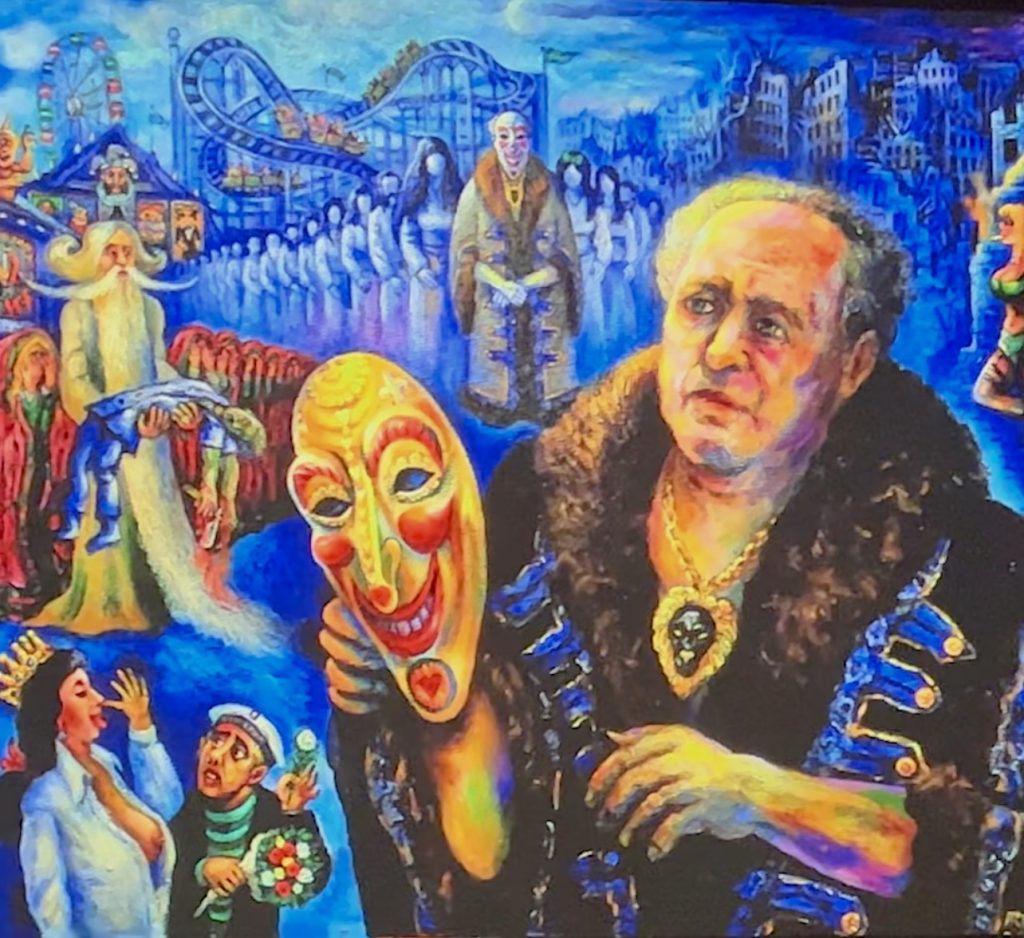
Haunted by visions of his pill-popping, booze-addled mother and promiscuous ex-girlfriend, he picks up a prostitute on the Times Square stroll who casually pops her gum and strips for him, making small talk, refusing to kiss him on the mouth, stroking him off to climax with the enthusiasm of a sedated rocker teasing her bangs in a bus station terminal. After she leaves, there’s a knock on the door. When he opens it up a crack, three two-bit hustlers elbow their way in, cackling, taunting, beating and robbing him, leaving him to weep on the floor beside his sheetless single bed. Headlines about John Lennon’s death and Mike Tyson’s alleged attempted suicide pepper the walls.
The film is loaded with symbolism, which filmmaker Ari Roussimoff described through slides of one of his paintings when the movie was screened on Oct. 5 at the Museum of Modern Art as part of its archival acquisition. Roussimoff is a true, living prolific artist, who describes film as an extension of his paintings, seeing the moving picture as such. “Shadows in the City” is his description of the struggle that he sees constantly occurring between the spirits of life and death.
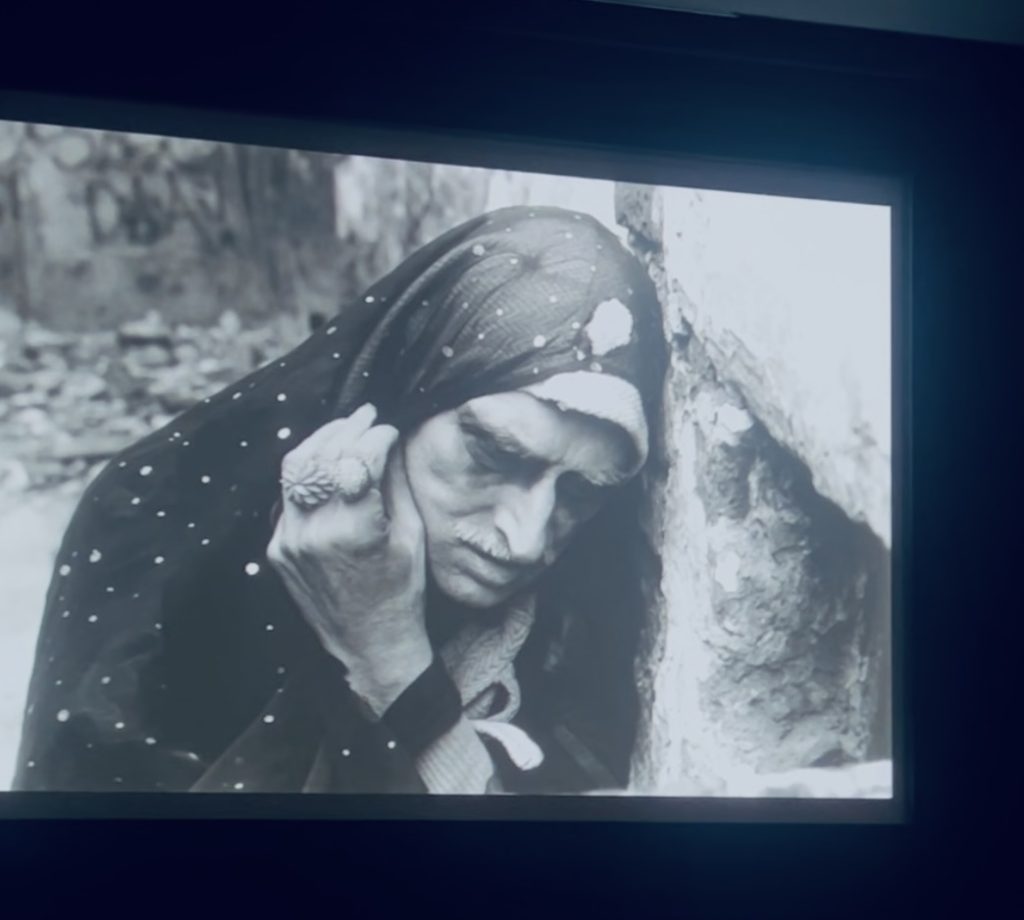
In the painting, we see faceless beings walking and they are faceless because they haven’t discovered who they are yet. They are unmoored, aimless, like many beings walking the planet Earth. The spirit of life appears, attempting to give us hope and aim for a sense of purpose that comes through discovery of self. Instead, what we see in this painting and in the film, is pleasure seekers, risk-takers, grifters, who only take what they can from others in the moment, without any thought of what is to come or where their actions may lead.
One of the scenes takes place in a biker bar that only became possible because of art director Clayton Patterson. A Lower East Side activist and historian, Patterson was instrumental in bringing the scenes and characters of this film together because of his involvement with the underground New York Tattoo Society and the Downtown arts scene. Patterson was generous enough to share his rich connections with Roussimoff, something he is usually willing to do with those who are authentically creative and seeking to create something of value to add to the historical archives of thriving yet often hidden New York City movements.
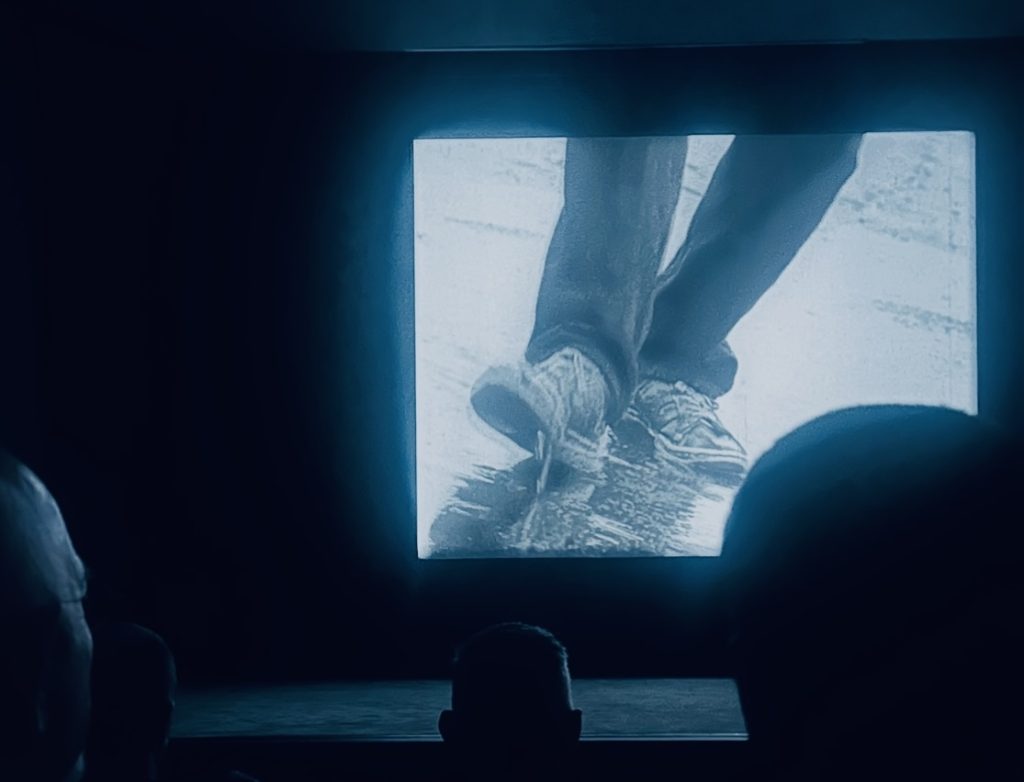
The film screening and addition to the MoMA archives was presented in conjunction with Patterson’s momentous book “In The Shadows – The People’s History Of NYC Underground Tattooing,” published by Tribal Books this year.
Both Roussimoff and Patterson spoke about their roles, not only in developing this film, but their continued involvement in maintaining a creative archive of a culture that has long since passed away and must be preserved. Roussimoff brings a deep philosophical view of life and a focus on the purpose of striving to find meaning. His paintings are not to be missed, neither are his philosophical views that can help those who seek to create from a place of authenticity.
Patterson seeks to uplift the underdog and give those who were not offered opportunities continued options through dedicating themselves to an artistic path. He offers this, through example, by way of his “Front Door Book” and documentation of injustices incurred by those less fortunate (through society’s eyes) but most definitely not any less capable. Both men are essential voices for a fading New York tapestry that requires a continued voice. MoMA is helping lead the charge by giving voice to these visionaries and historians.
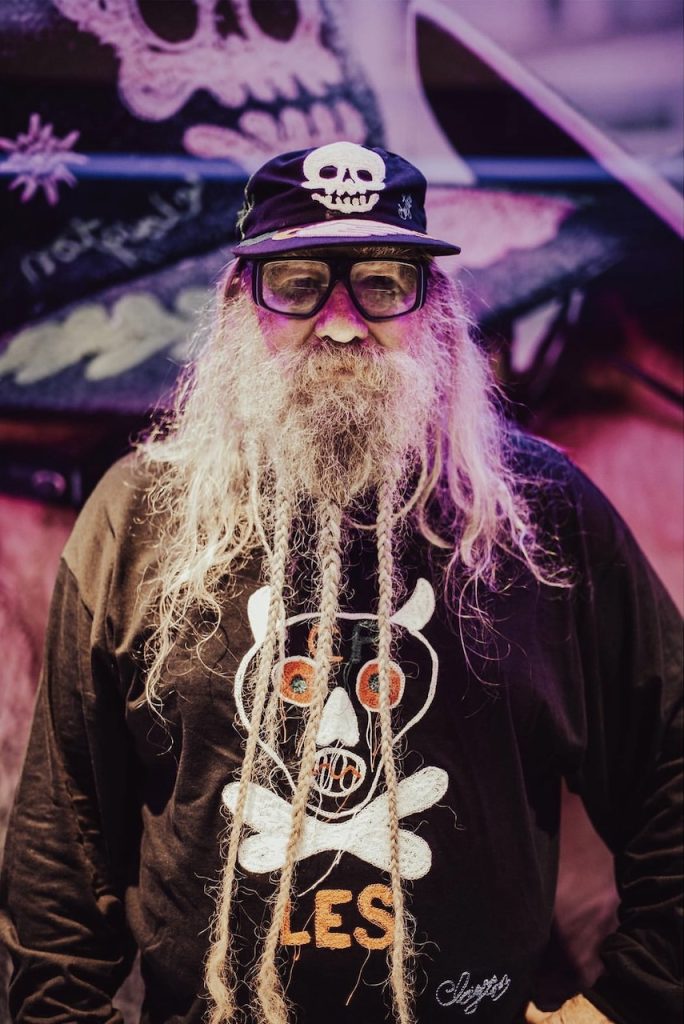
“Shadows in the City” is currently undergoing sound and visual restoration to render the film in the best quality possible with today’s technology. Keep your eyes peeled for what is to come from both Roussimoff and Patterson. “Shadows in the City” will be screening at MoMA through Oct. 11, at 6:30 p.m.
Swinwood is a writer and literary translator from Montreal, Canada, currently based in Brooklyn. She teaches songwriting to at-risk youth, creative nonfiction and poetry. She is committed to the path of assisting her elders to preserve their archives. @sarahtonein on Instagram

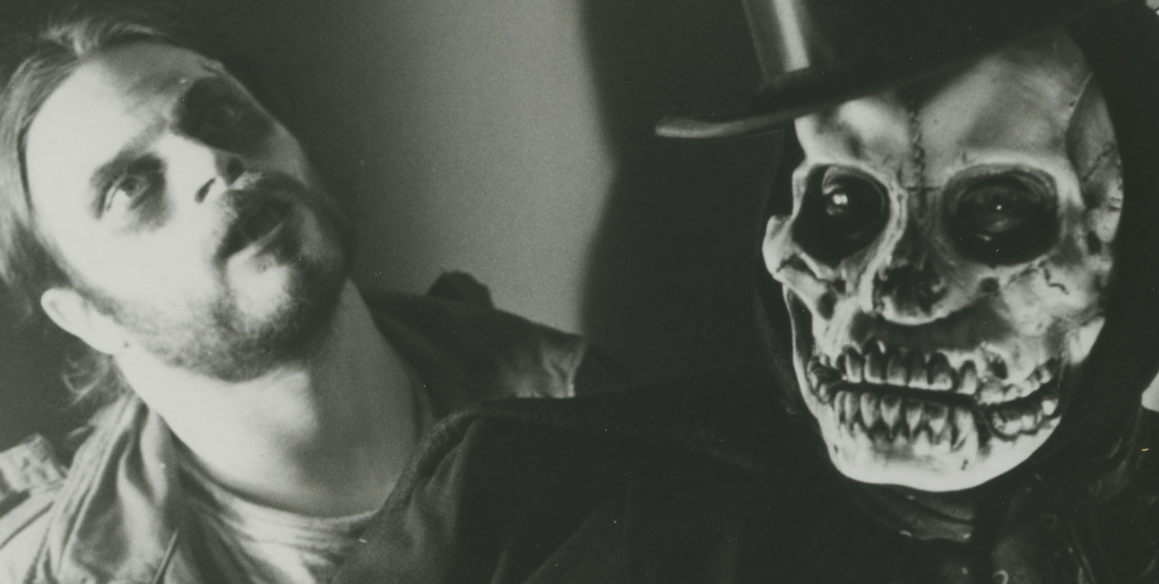
Be First to Comment